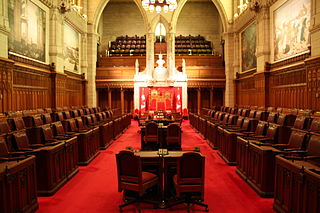For newcomers to Canada finding a job and a place to live are a big part of getting settled in their new home. Unfortunately, the road is not always an easy one and situations of discrimination do occur.
In 2013 CPLEA received funding from the Alberta Human Rights Education and Multiculturalism Fund to look at the need for accessible legal information for members of Alberta’s multicultural community regarding human rights issues.
Some findings from the research were:
- The top three human rights issues identified were discrimination in employment practices, harassment, and discrimination in renting accommodation.
- There is a need to create awareness about human rights laws in Canada and the difference between federal and Alberta laws.
- Human rights information needs to be given more than once and at difference stages of settlement.
- Resource materials need to incorporate visuals that are both interesting and relevant to the situation.
Read the full text of Law for Alberta’s Multicultural Communities: Research Report on the CPLEA website.
 |
 |


 You’ll recall that, a few posts back in this series, we noted that the role of a Senator was intended to be quite different than the role of a Minister of Parliament (MP). That is still the case today.
You’ll recall that, a few posts back in this series, we noted that the role of a Senator was intended to be quite different than the role of a Minister of Parliament (MP). That is still the case today.


